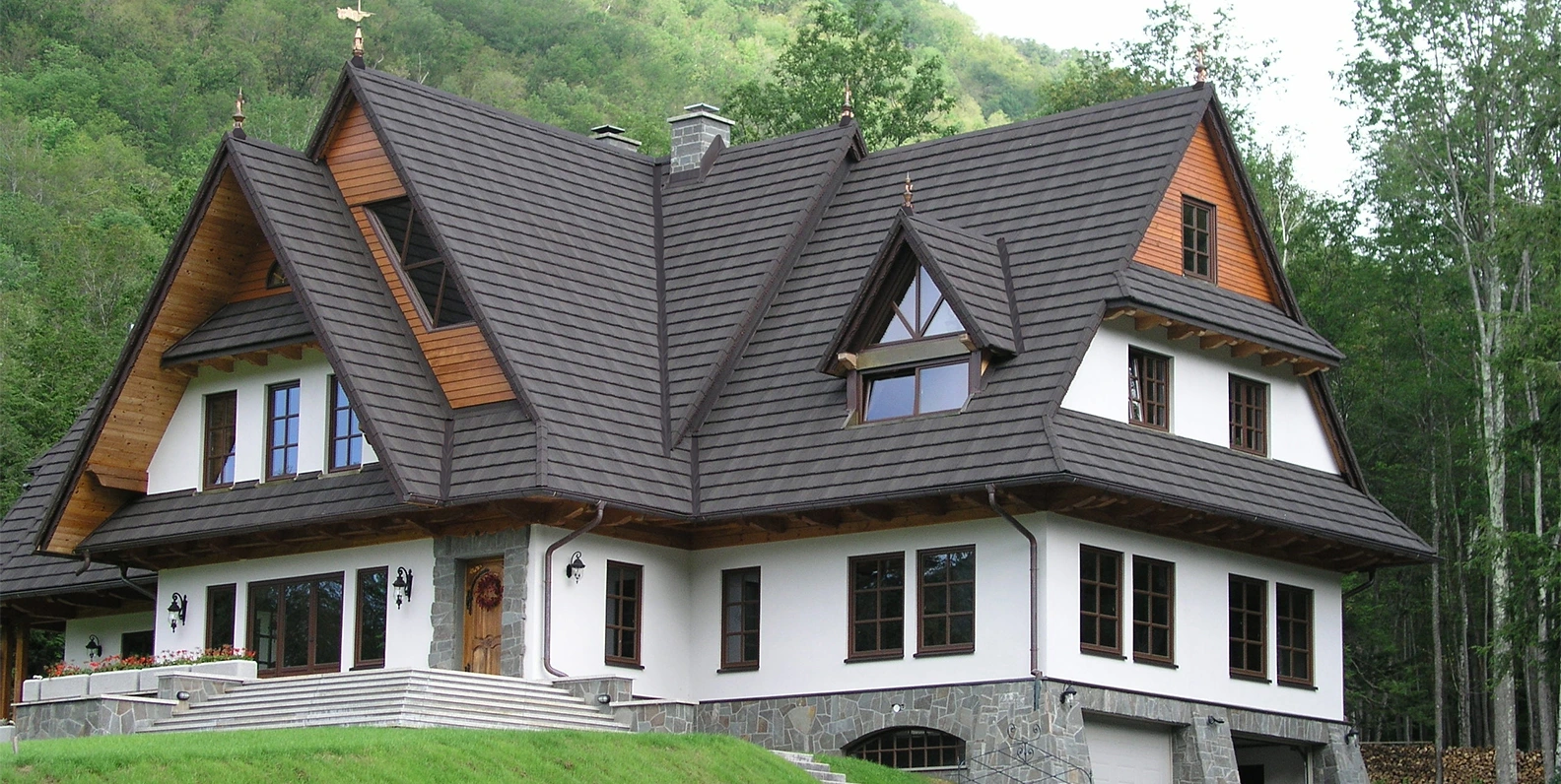Ideal Practices for Ensuring Proper Roofing Ventilation
Guaranteeing appropriate roofing ventilation is essential for the long life and efficiency of a roof. A well balanced consumption and exhaust air vent proportion, commonly 1:300, plays a critical role, with intake vents ideally positioned at the reduced edge of the roofing for awesome air entrance and exhaust vents at the height for cozy air leave. Normal evaluations to identify blockages and preserve clear air flow are critical. Furthermore, maintaining insulation away from vents is critical to avoid air flow restriction. Understanding these fundamental components establishes the phase for even more thorough understandings into installment and upkeep practices that can considerably improve your roofing system's efficiency.
Understand Air Flow Fundamentals
Effectively comprehending air flow basics is vital for guaranteeing the long life and efficiency of roof. Effective ventilation reduces moisture buildup and temperature level extremes in the attic, both of which can cause significant architectural damage gradually. A well-ventilated roof covering aids in avoiding common issues such as mold and mildew development, timber rot, and ice dams, which can jeopardize the integrity of the roof materials and the underlying frameworks.
The key goal of ventilation is to facilitate the movement of air, permitting a consistent exchange in between the outdoor and indoor environments. This equilibrium is attained via a mix of consumption and exhaust vents that interact to keep ideal air flow. Intake vents, usually situated along the soffits or eaves, allow fresh air to get in the attic room room, while exhaust vents, usually located at or near the roof covering ridge, allow warm, damp air to leave.
Trick aspects affecting the efficiency of roofing air flow include proper placement, adequate sizing, and making sure that both intake and exhaust vents are unhampered. Normal assessment and maintenance are crucial to determine potential blockages, damage, or inadequacies in the ventilation system, therefore securing the roof's efficiency and longevity.
Kinds of Roofing Vents
Roof covering vents play an important function in maintaining reliable attic room ventilation and, by extension, the total wellness of the roof system. Numerous kinds of roof vents are offered, each with distinct advantages customized to certain roof covering demands.

Soffit vents are installed under the eaves and operate in tandem with roof vents to guarantee a well balanced intake and exhaust system. By permitting cooler air to go into from below, soffit vents assist in the expulsion of hot air via upper vents. Gable vents, located on the exterior walls of the attic room, deal an additional effective option, especially in homes with saddleback roofs.
Evaluate Your Present Air Flow

Following, consider the age and problem of your roof covering materials and air flow elements. Older systems may not adhere to current building ordinance or may have worn away in time, decreasing their effectiveness. Conduct an extensive exam to identify any kind of indicators of deterioration, such as rust, damages, or gaps that can compromise the system's efficiency.
Furthermore, gauge the attic temperature and humidity levels. High temperatures and humidity can suggest inadequate ventilation.
Installment Best Practices
Reliable setup of roof covering air flow systems is paramount for making certain optimum performance and longevity. Appropriate setup read review begins with recognizing the details air flow needs of the roofing and the structure it covers. This includes calculating the correct ratio of intake to wear down vents, usually sticking to the 1:300 policy, which states one square foot of ventilation for every 300 square feet of attic flooring area.

The placement of vents is just as critical. Consumption vents must be installed at the roof covering's lower side, commonly in the soffits, to allow awesome air to get in. Exhaust vents, on the various other hand, should be set up near or at the roofing system's peak to promote the departure of cozy, damp air. This develops a natural air flow that helps maintain temperature level and moisture balance within the attic room room.
Seal all vent connections thoroughly to protect against air leaks and prospective water seepage. Use top quality materials and adhere to supplier standards to guarantee durability and efficiency. Additionally, incorporating ridge vents with baffles can considerably boost air flow effectiveness by protecting against wind-driven rain and snow from going into the attic.
Inevitably, specific installment of roofing ventilation systems alleviates potential problems such as mold development, ice dams, and architectural damage, guaranteeing the roof covering's stability and the building's overall health and wellness.
Normal Maintenance Tips
Consistency in maintenance practices is essential to ensuring the long-term performance of roof covering air flow systems. During these assessments, ensure that vents are cost-free of debris, nests, and other blockages that can impede air movement.
Use a soft brush or a vacuum cleaner to remove dirt and debris from consumption and exhaust vents. Be careful not to damage the vent displays or louvers during the procedure.
Correct insulation is equally essential. explanation Make sure that attic insulation does not obstruct the vents, as this can severely restrict air flow. Rearrange or change it to preserve a reliable barrier. if any insulation has changed or resolved.
Finally, replace any damaged or missing parts without delay. Damaged vents, broken shingles, or shabby blinking can all add to inadequate ventilation and must be resolved without delay. Regular upkeep guarantees that the roof covering ventilation system operates ideally, thus expanding the life expectancy of the roofing itself.
Conclusion
Making sure proper roof covering ventilation is vital for keeping the efficiency and durability of a roof covering system. Adherence to the 1:300 consumption and exhaust vent ratio, paired with the strategic placement of vents, is essential.
A balanced consumption and exhaust vent look at here ratio, generally 1:300, plays a crucial role, with intake vents ideally put at the lower side of the roof covering for great air access and exhaust vents at the top for cozy air leave. Consumption vents, typically located along the eaves or soffits, allow fresh air to enter the attic space, while exhaust vents, commonly located at or near the roofing system ridge, make it possible for hot, moist air to run away.
Soffit vents are installed under the eaves and job in tandem with roofing system vents to ensure a well balanced intake and exhaust system. By allowing cooler air to get in from below, soffit vents facilitate the expulsion of hot air with top vents. Adherence to the 1:300 consumption and exhaust air vent ratio, paired with the critical positioning of vents, is essential.